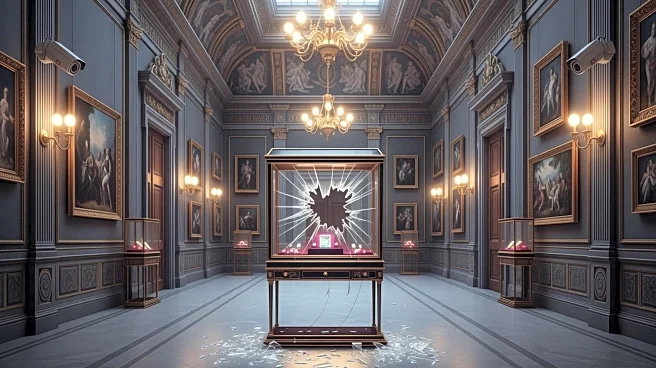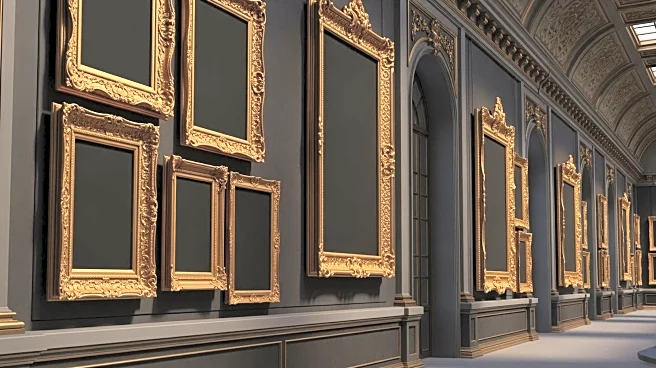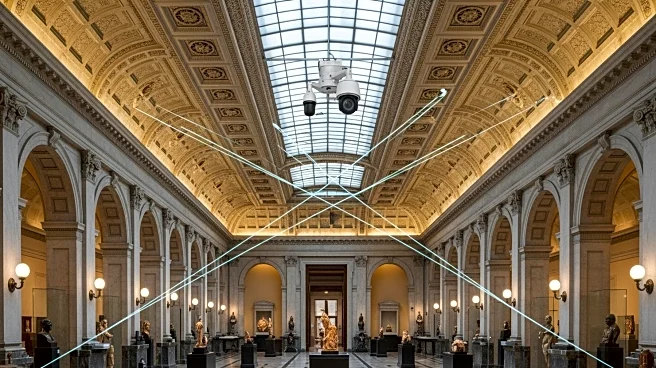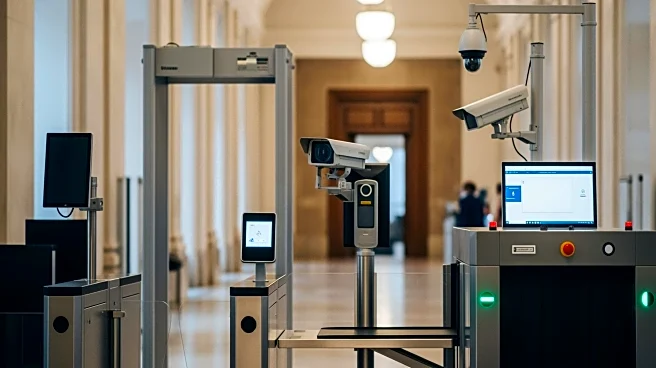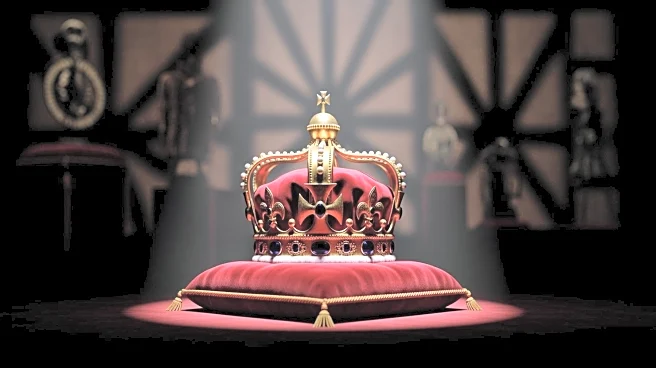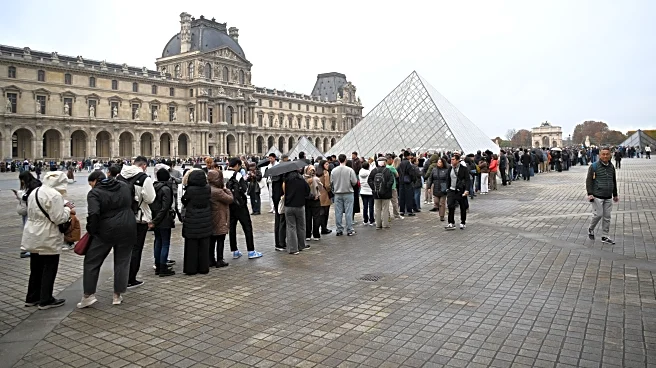What's Happening?
The Louvre Museum in Paris remains closed following a daring heist where thieves stole historic jewels from the French crown collection. The theft occurred shortly after the museum opened, with the perpetrators
using a basket lift to access the building and smash display cases. The operation lasted less than eight minutes, and eight of the nine stolen items remain missing. French authorities are reassessing security measures at cultural sites nationwide, with the Interior Minister ordering immediate reviews and enhancements where necessary.
Why It's Important?
The theft has significant implications for the security of cultural institutions in France, highlighting vulnerabilities that could be exploited in future thefts. The stolen items are of great historical and cultural significance, representing a loss to France's national heritage. The government's response indicates a commitment to addressing these security challenges, which could lead to changes in how museums and cultural sites are protected. The heist also impacts France's international reputation, as the Louvre is a symbol of French culture and history.
What's Next?
French authorities are conducting a thorough investigation to recover the stolen items and prevent future incidents. The Culture and Interior Ministers have agreed to strengthen security measures at cultural institutions nationwide. The investigation is being handled by a specialist police unit known for solving high-profile robberies. The Louvre's closure is temporary, but the incident may lead to long-term changes in museum security protocols.
Beyond the Headlines
The heist has sparked a debate about the adequacy of security measures at major cultural sites, with critics pointing to the ease with which the thieves executed the robbery. The incident underscores the need for balancing public access to cultural heritage with the security of valuable artifacts. It also raises ethical questions about the role of organized crime in art theft and the challenges of recovering stolen cultural property.
